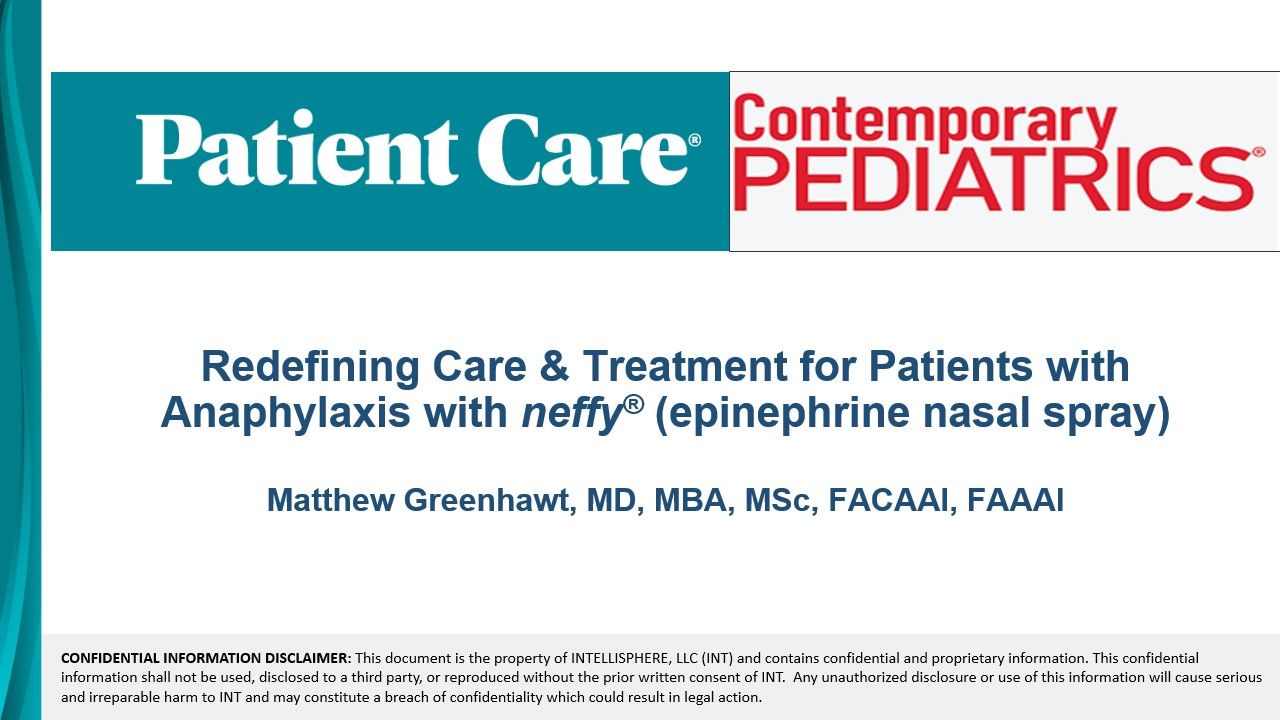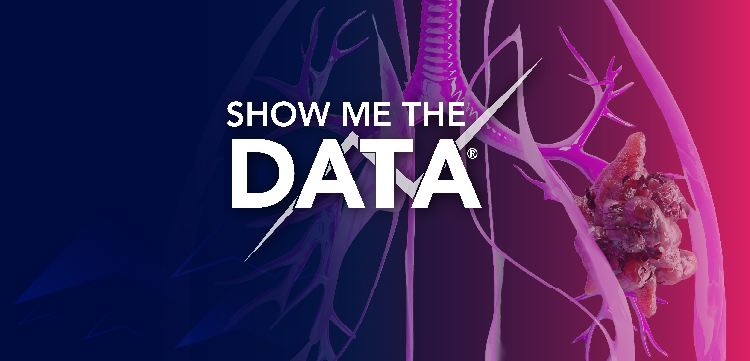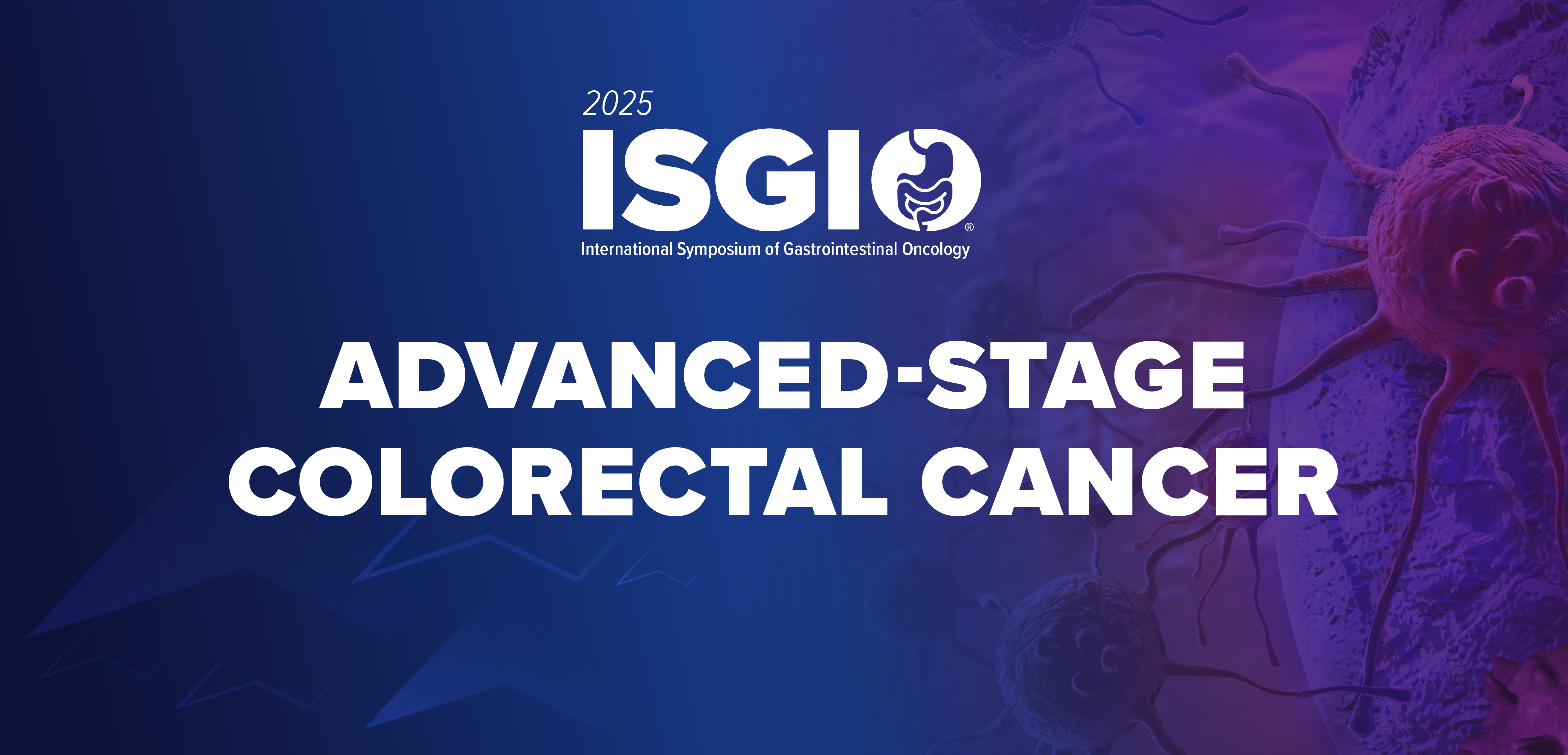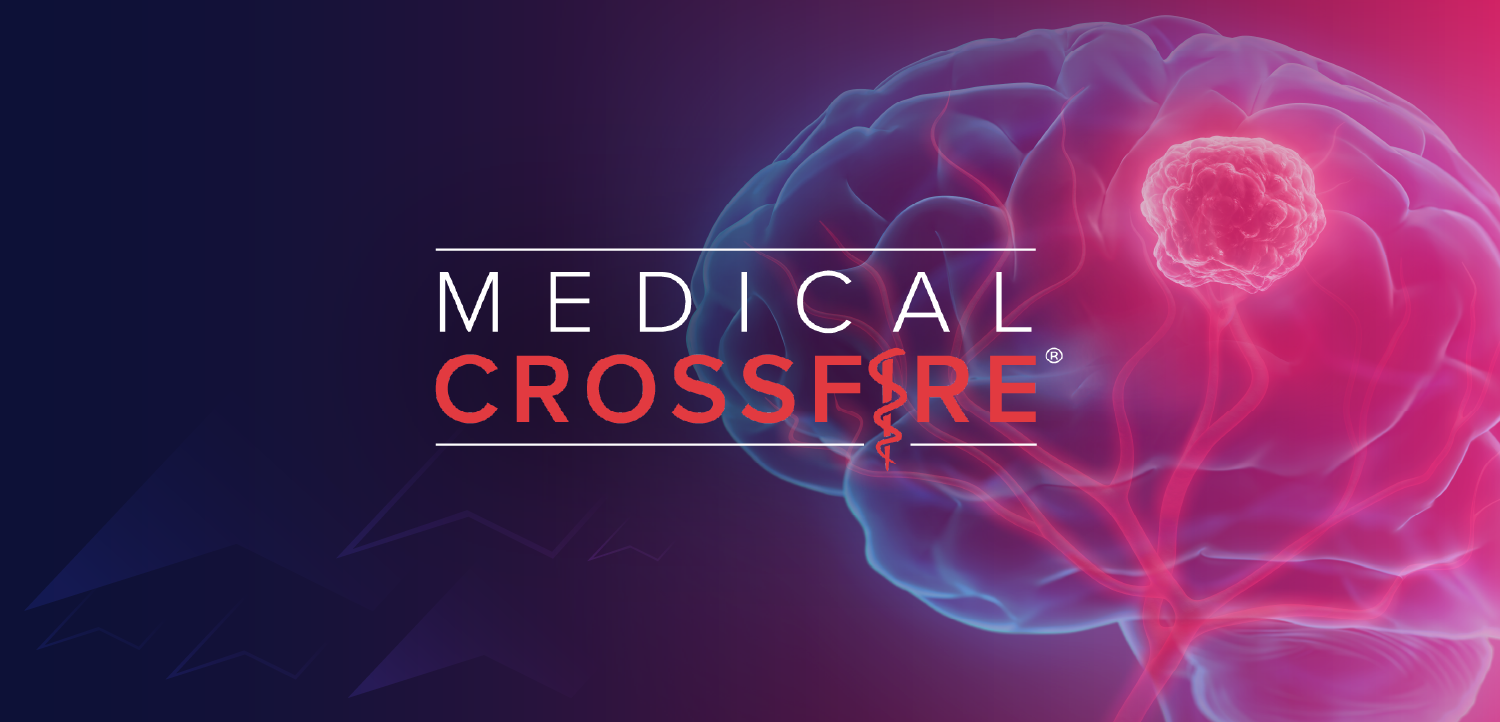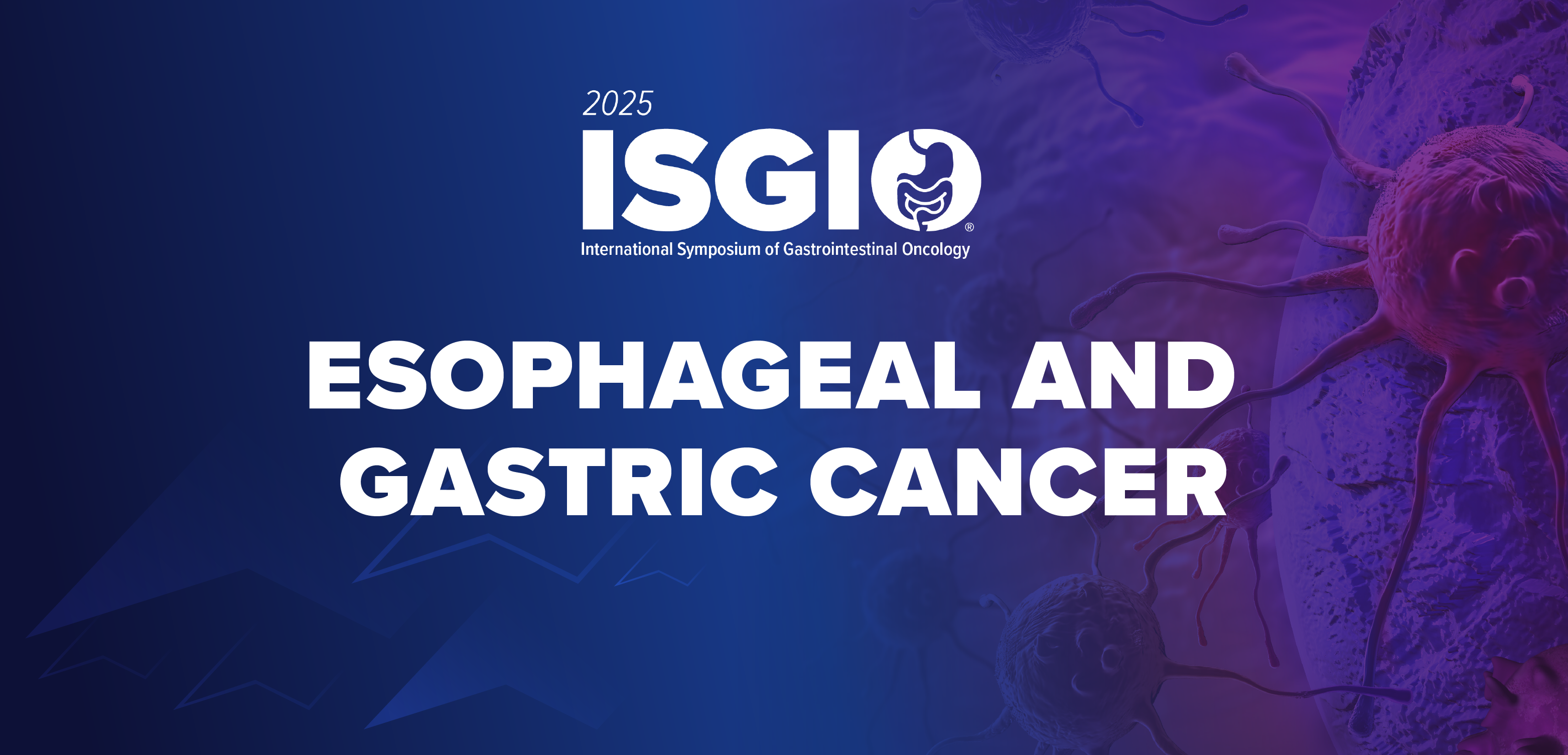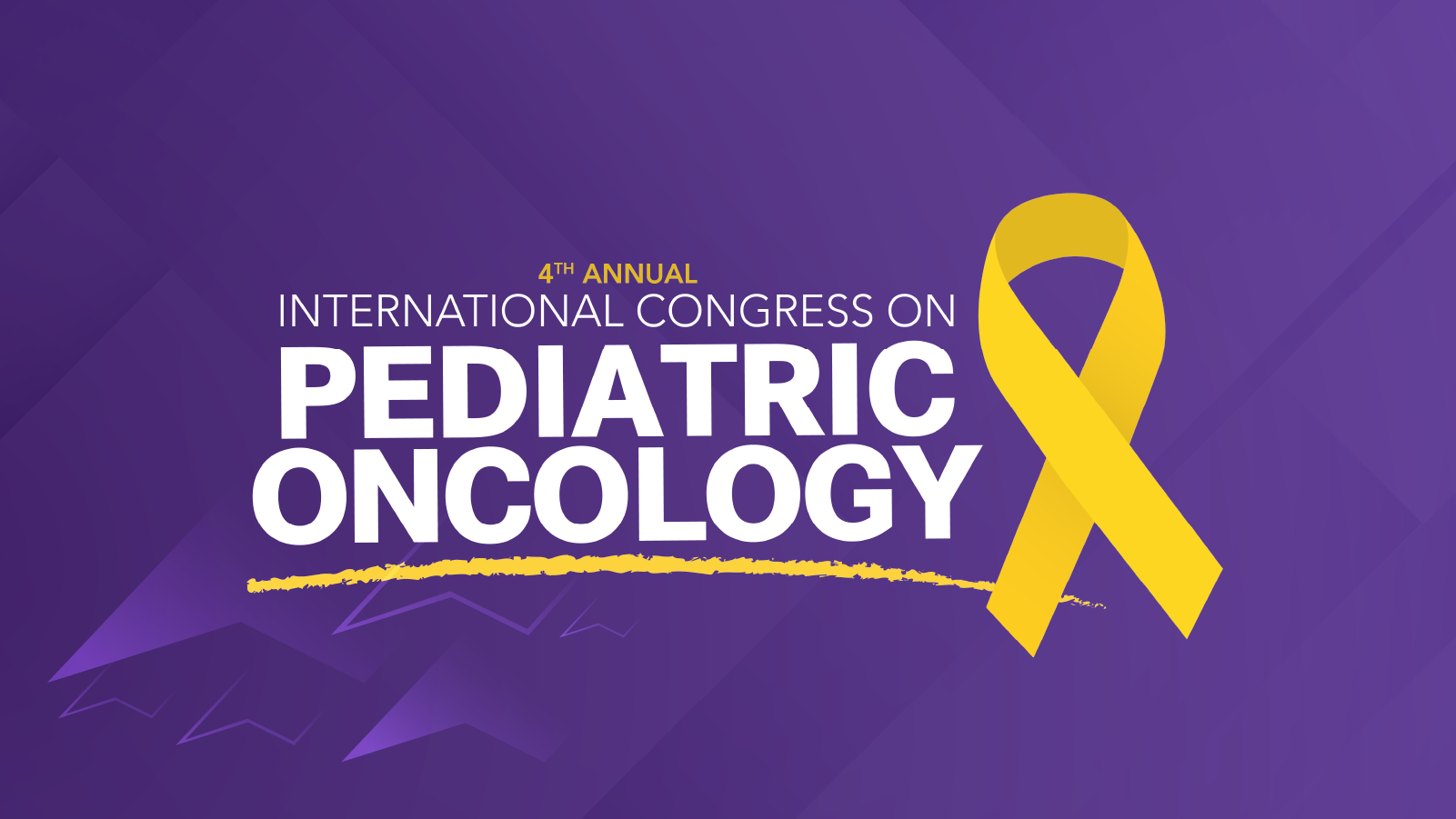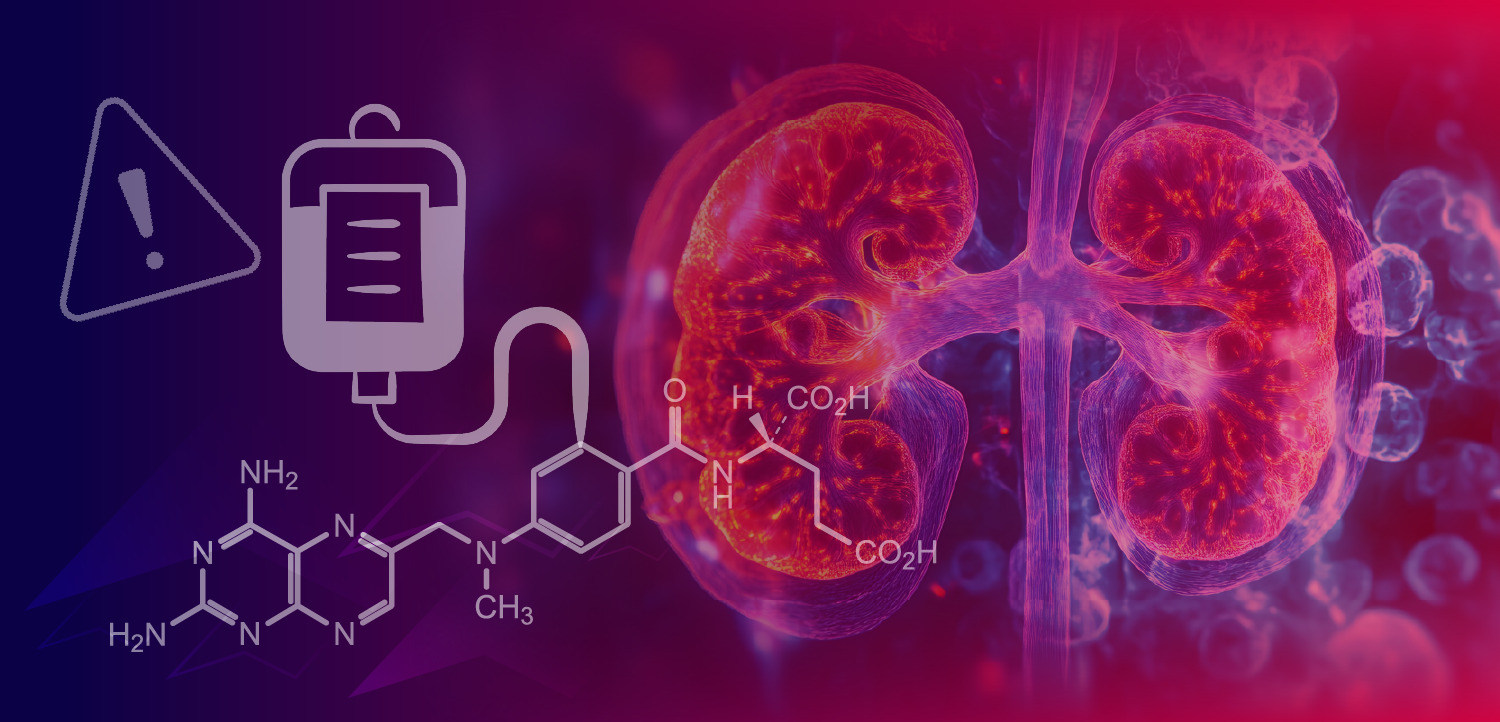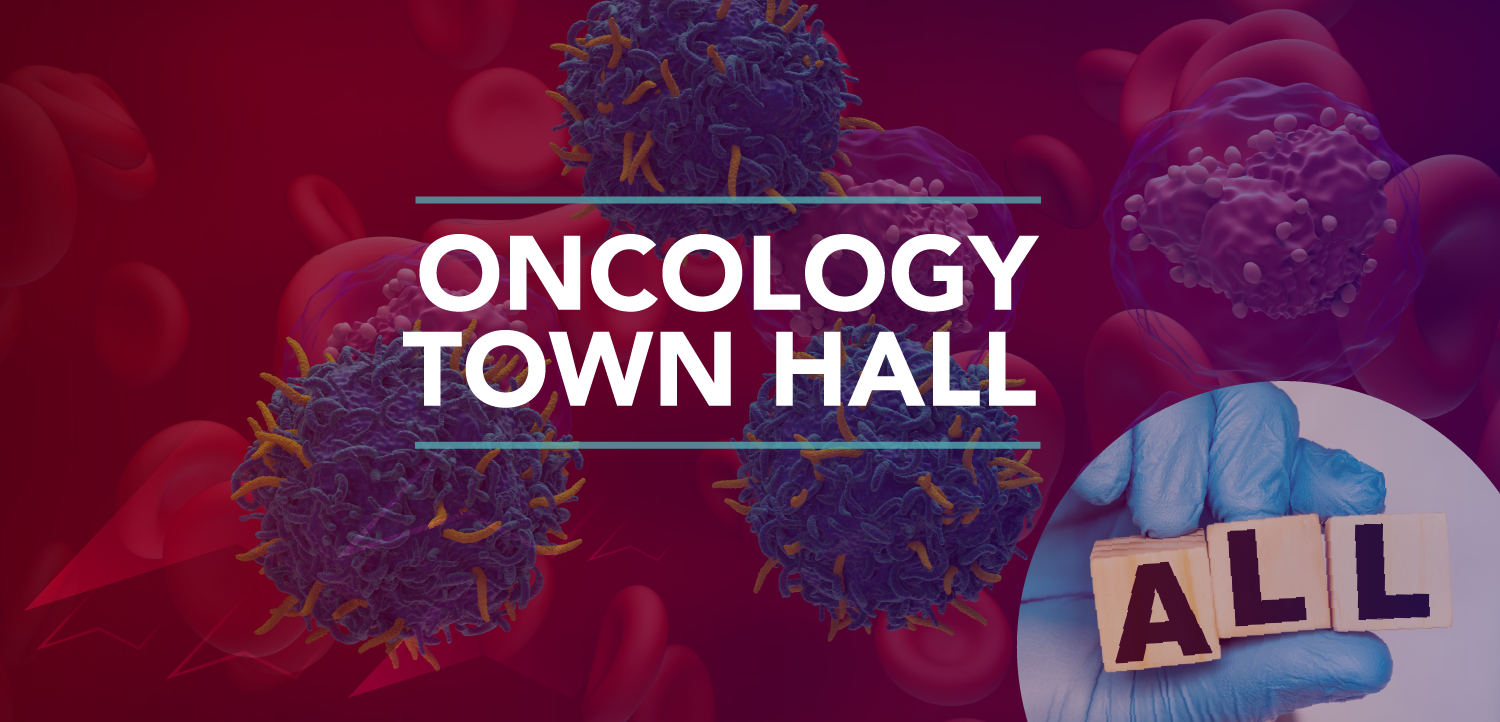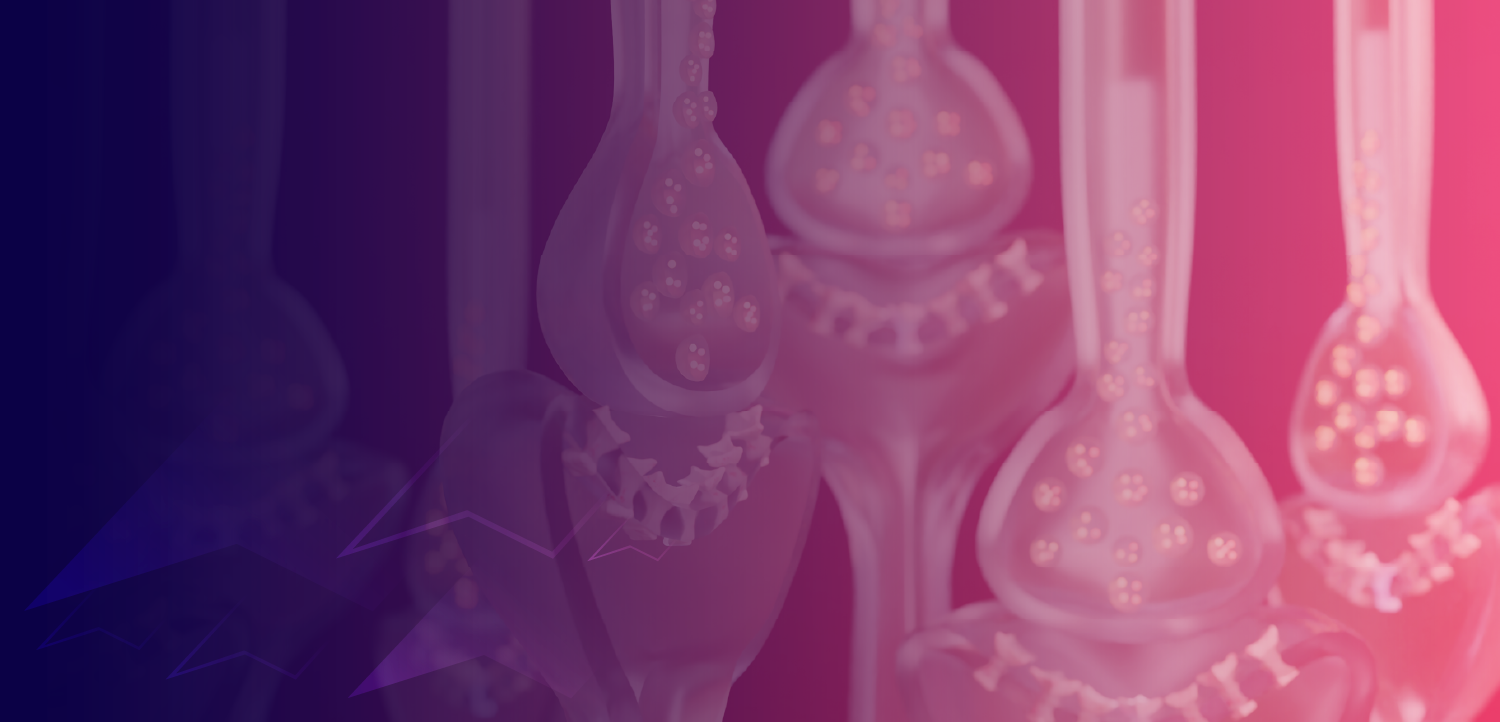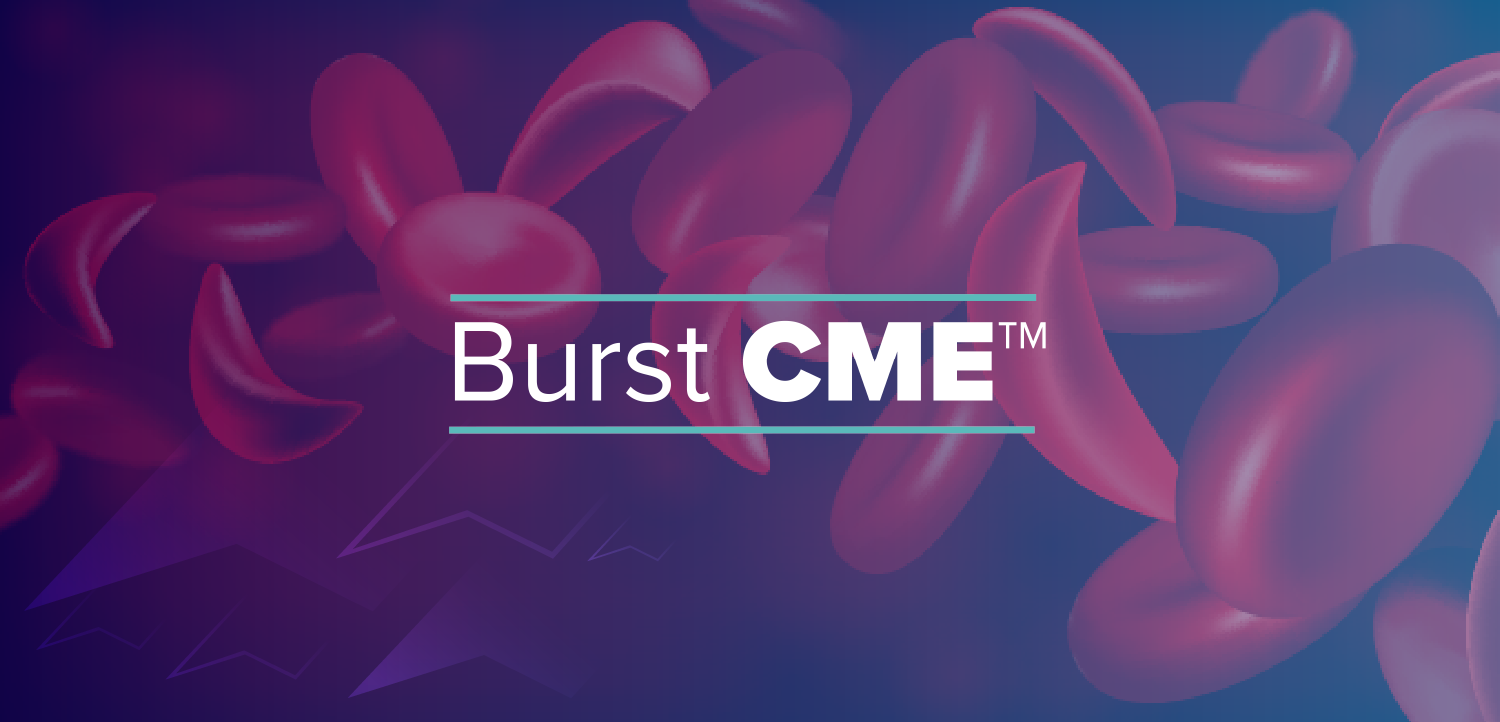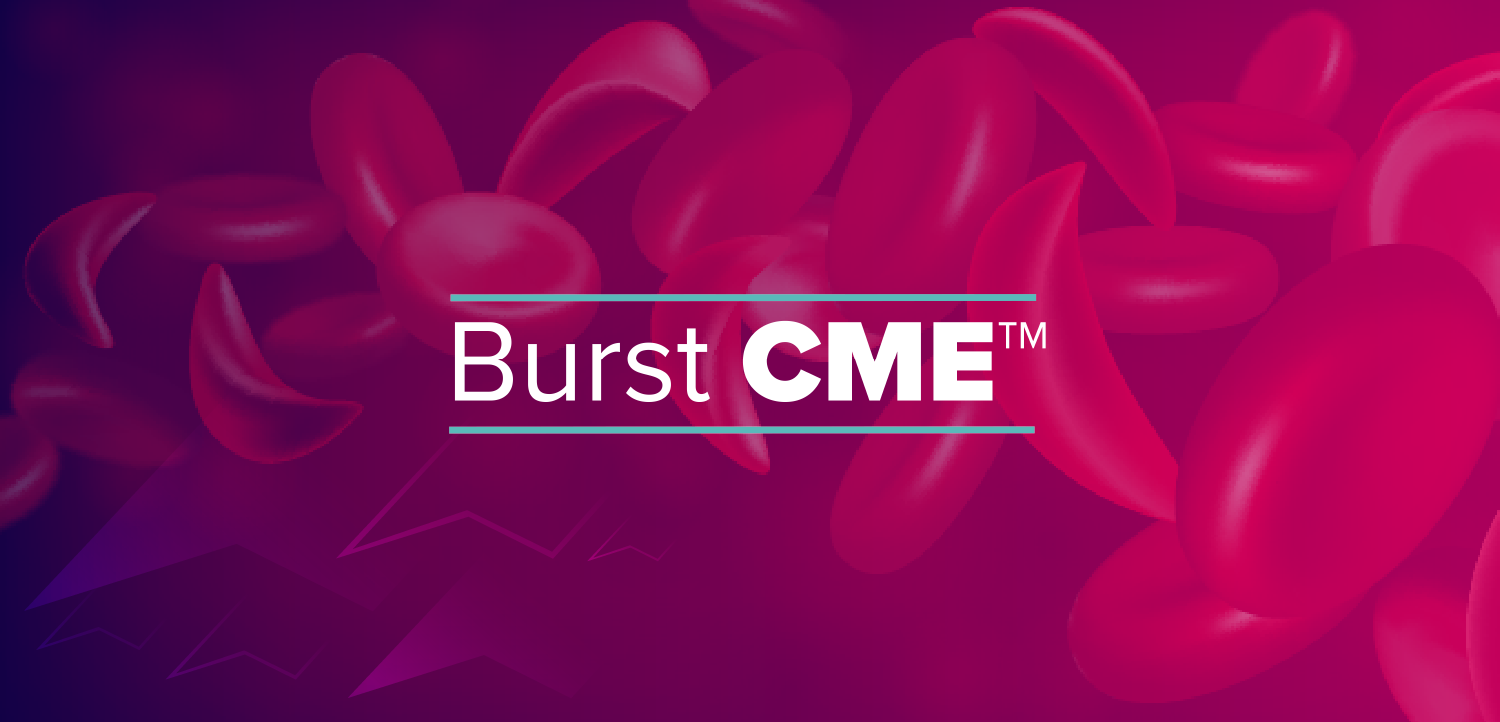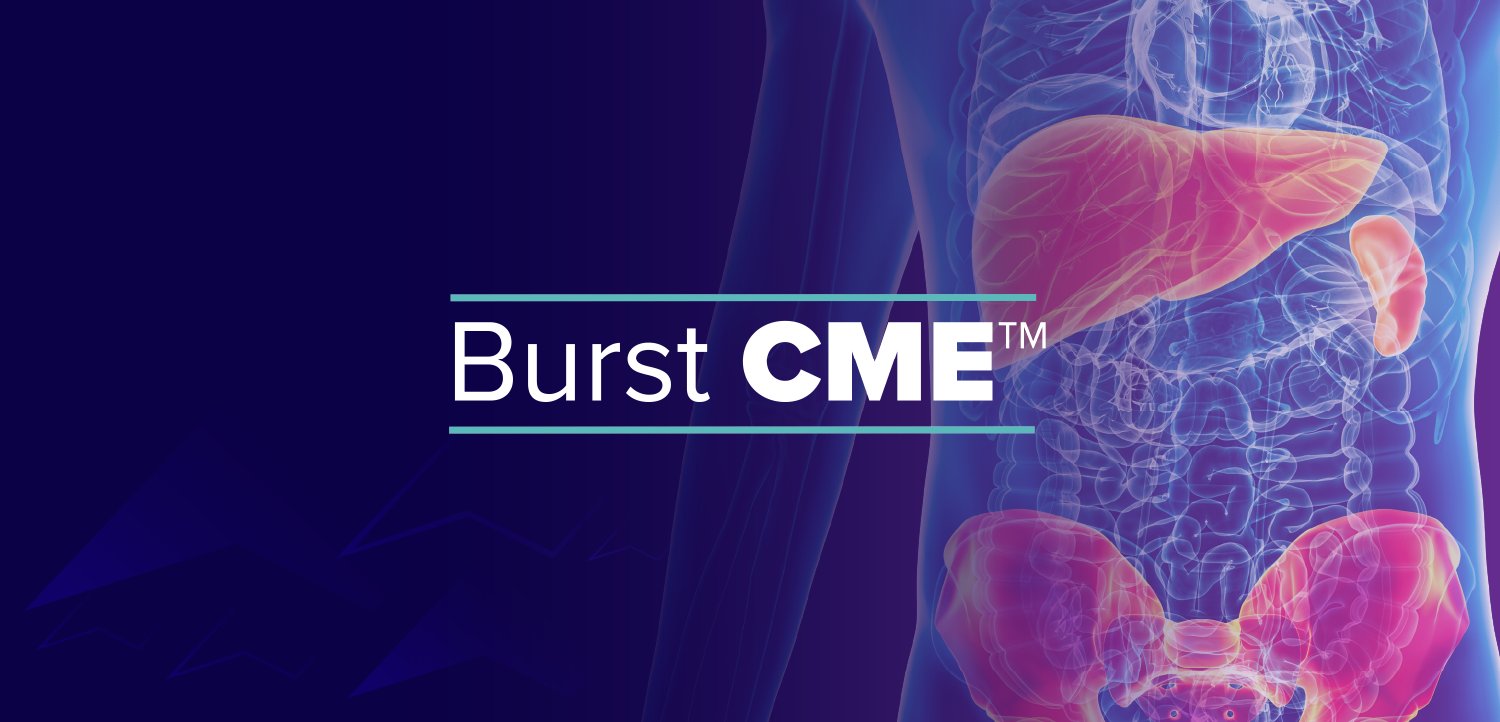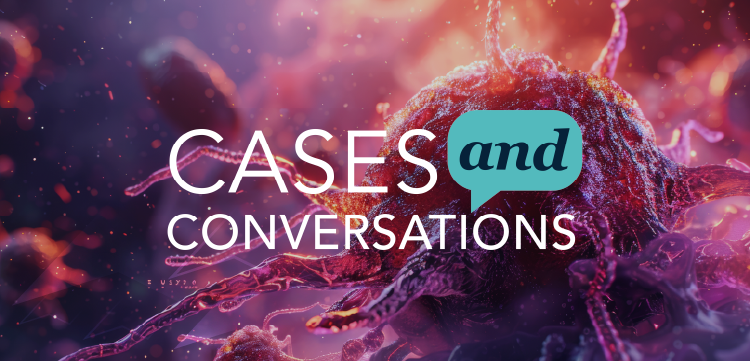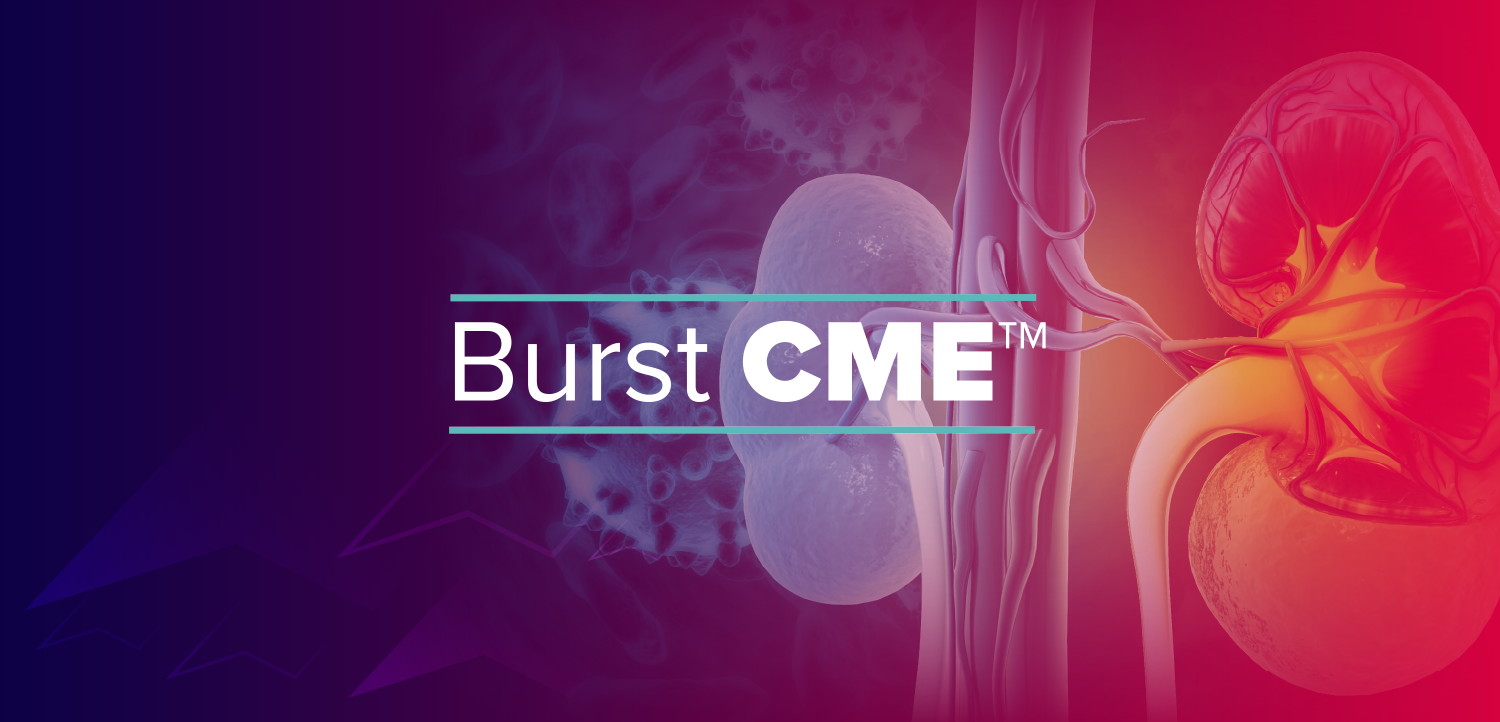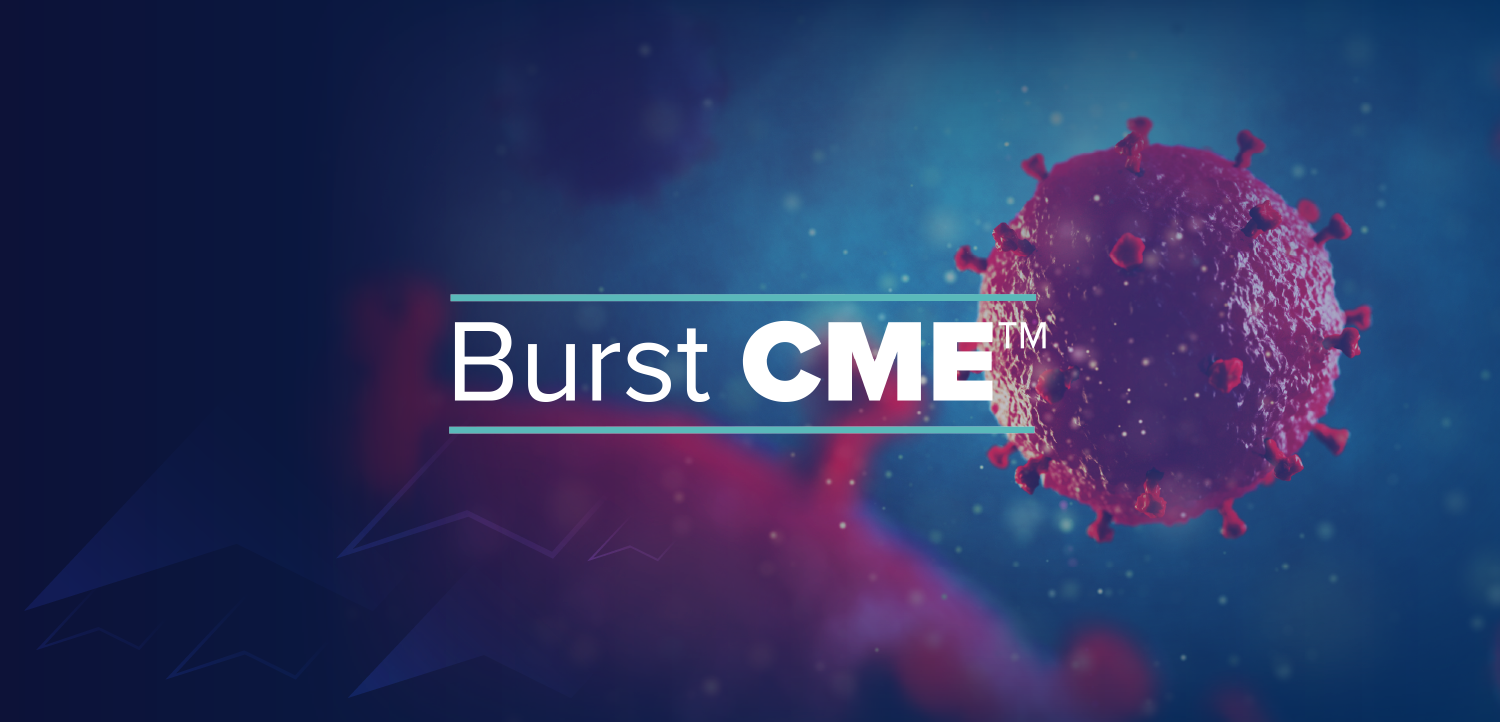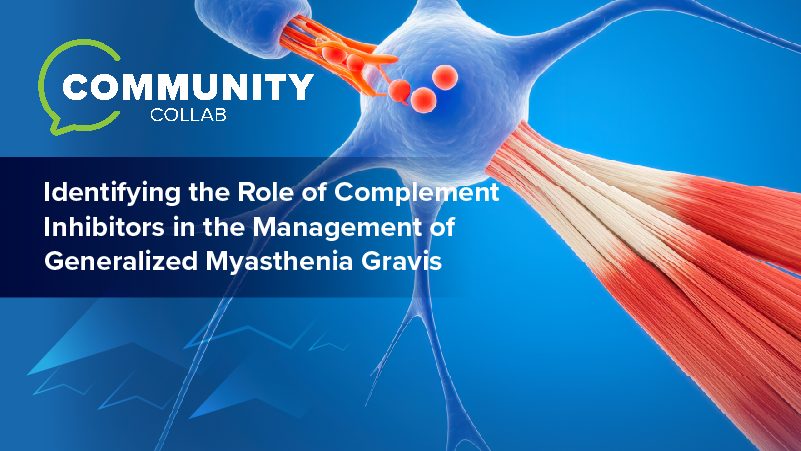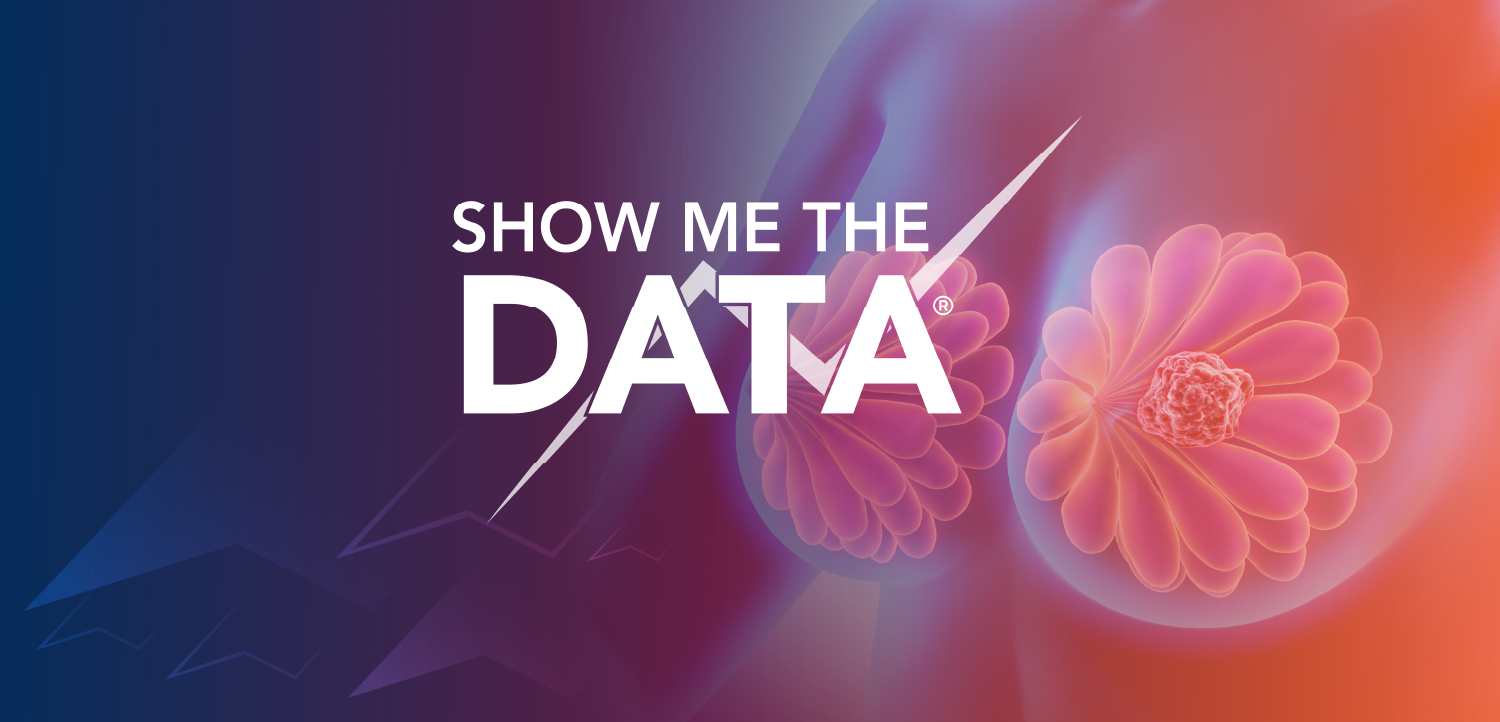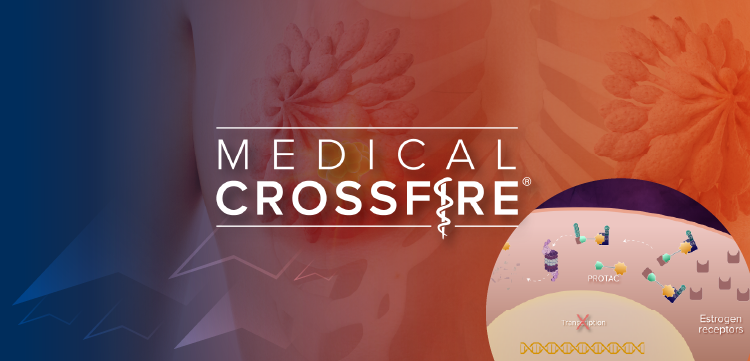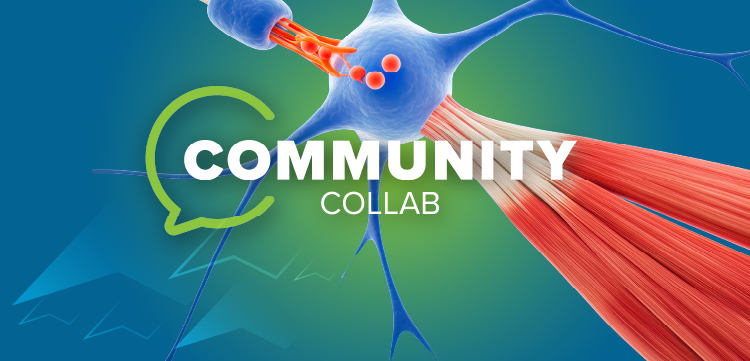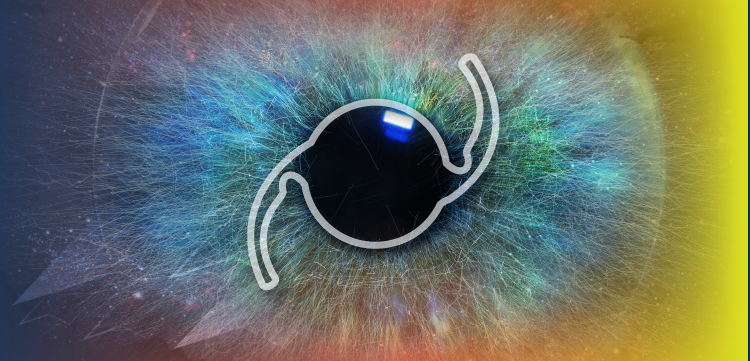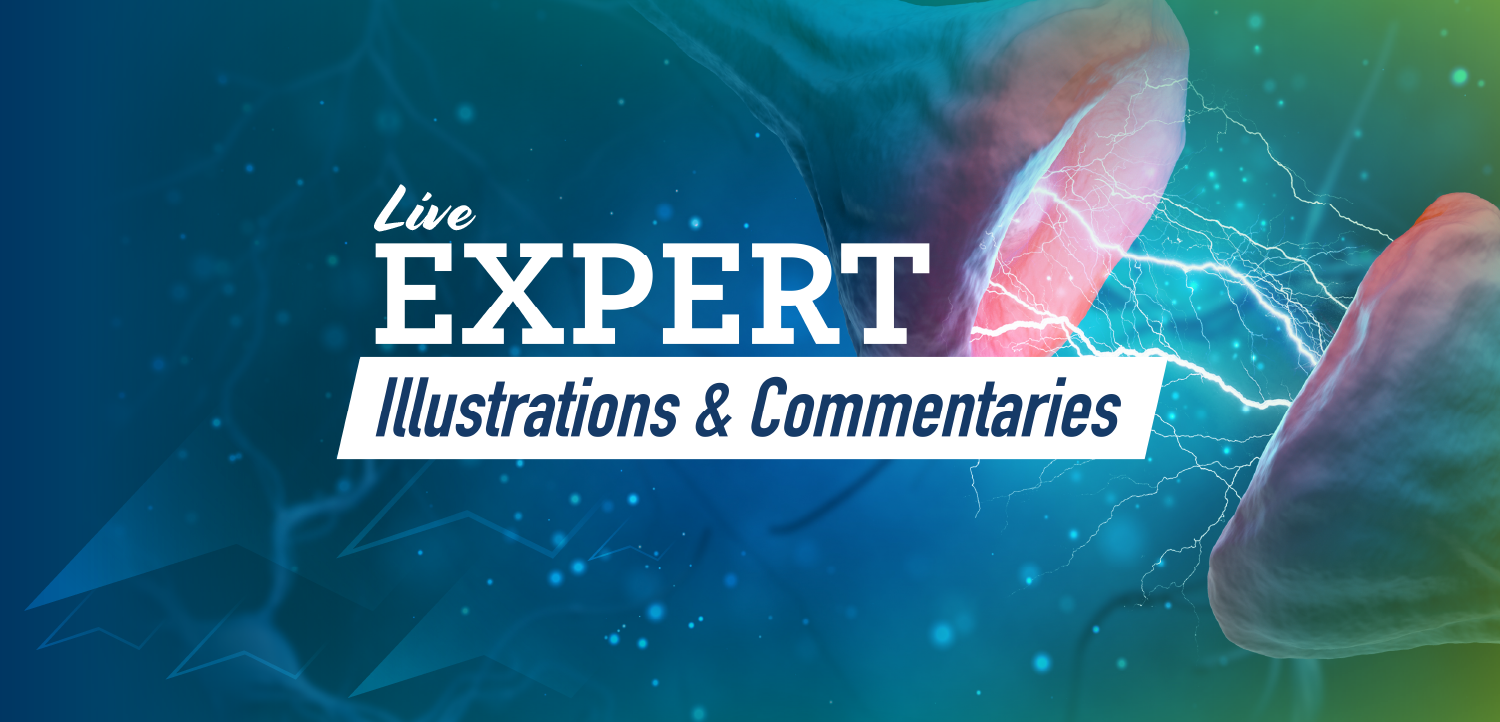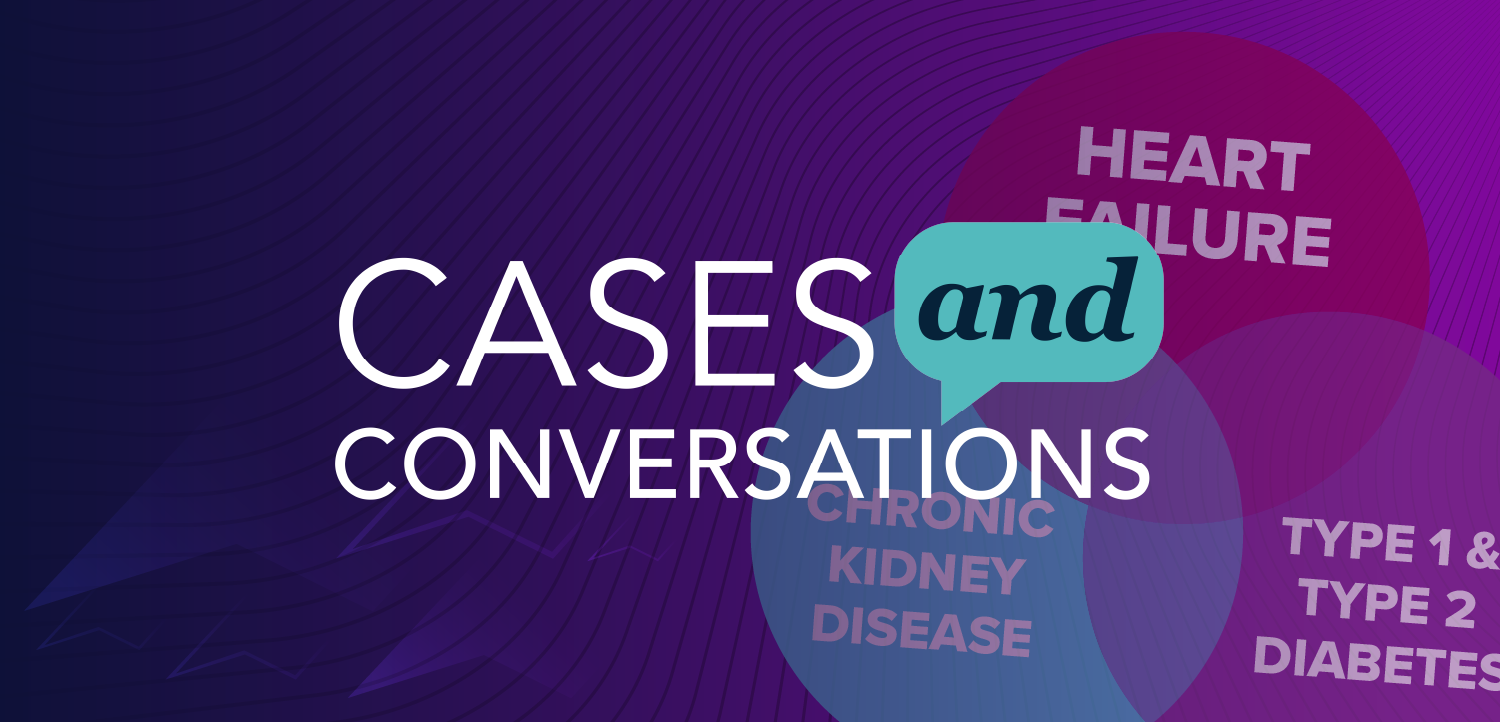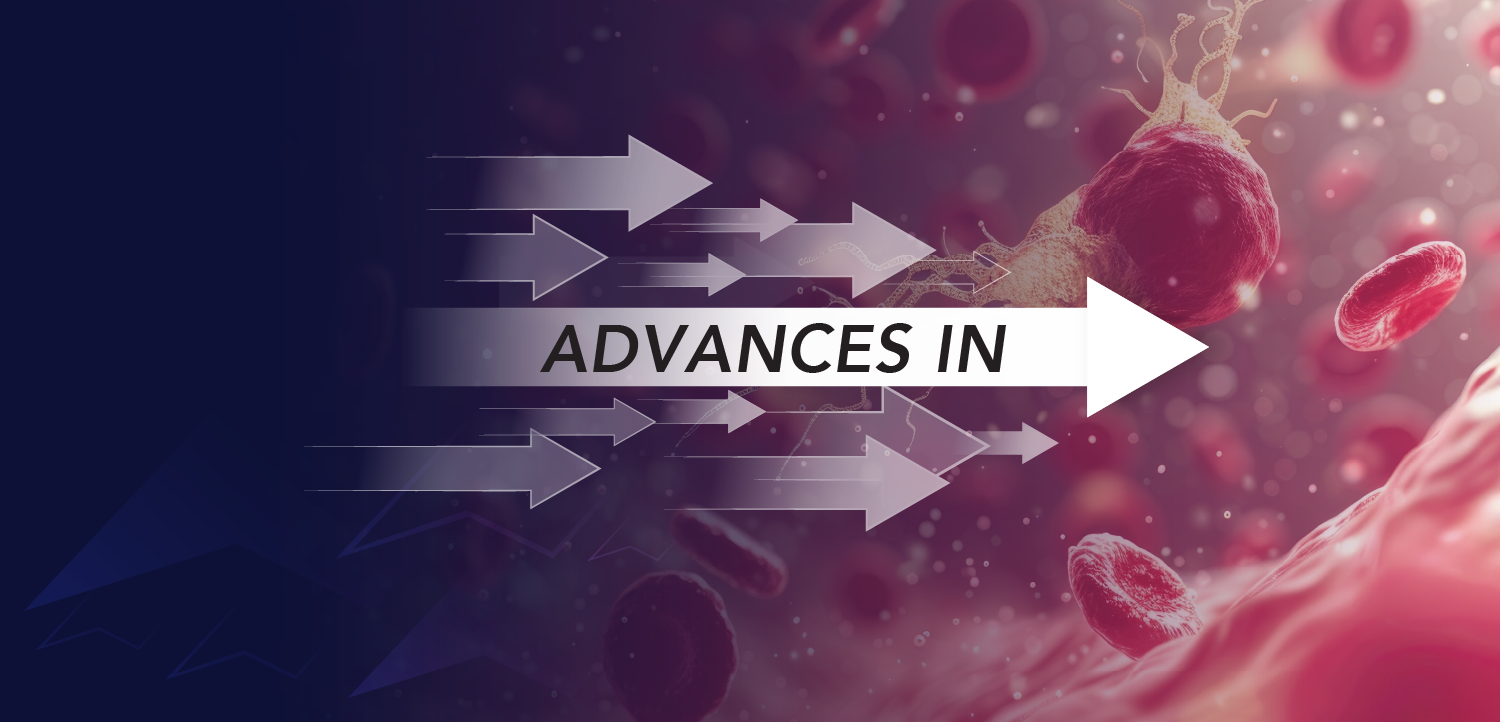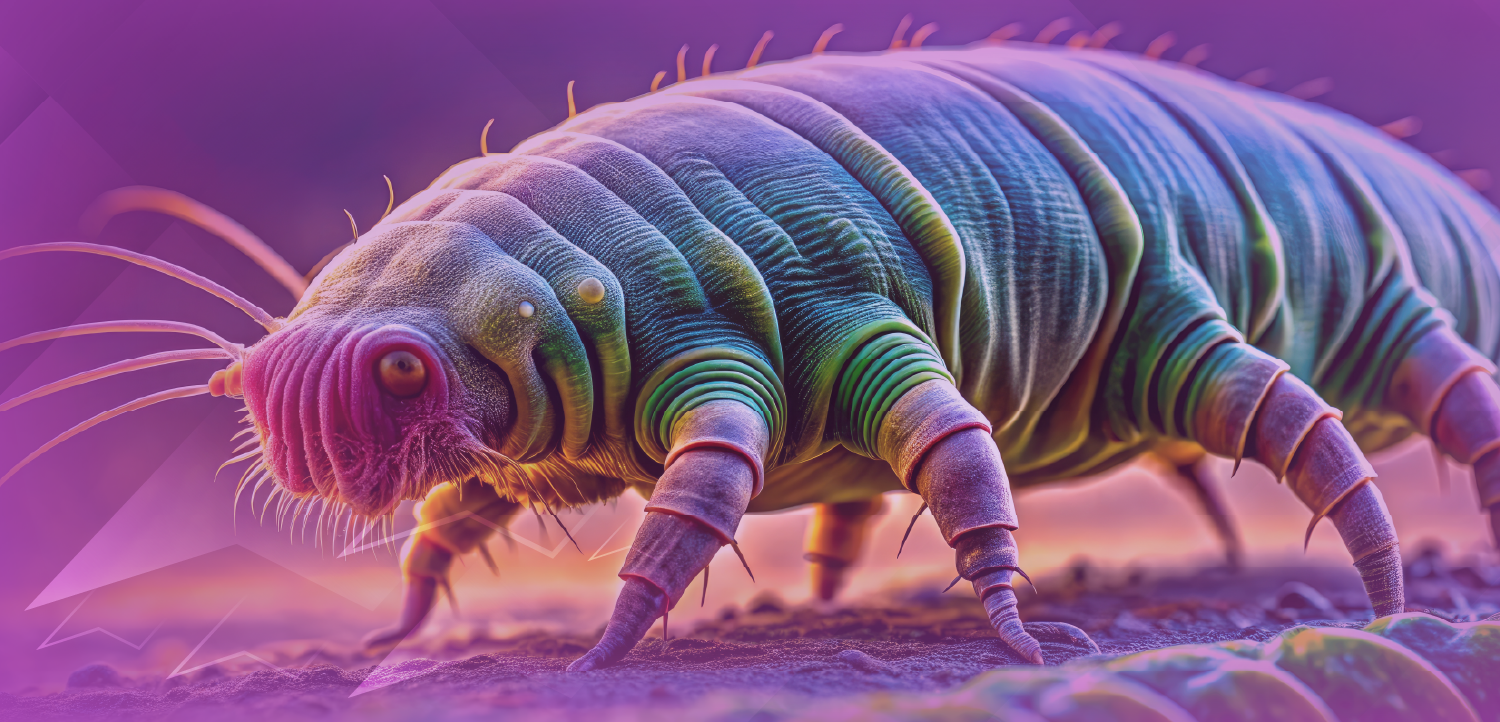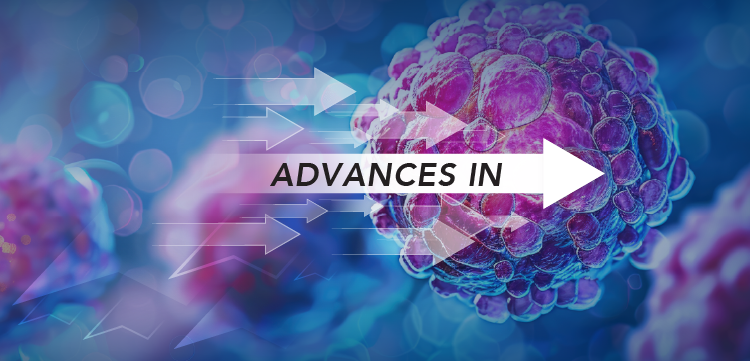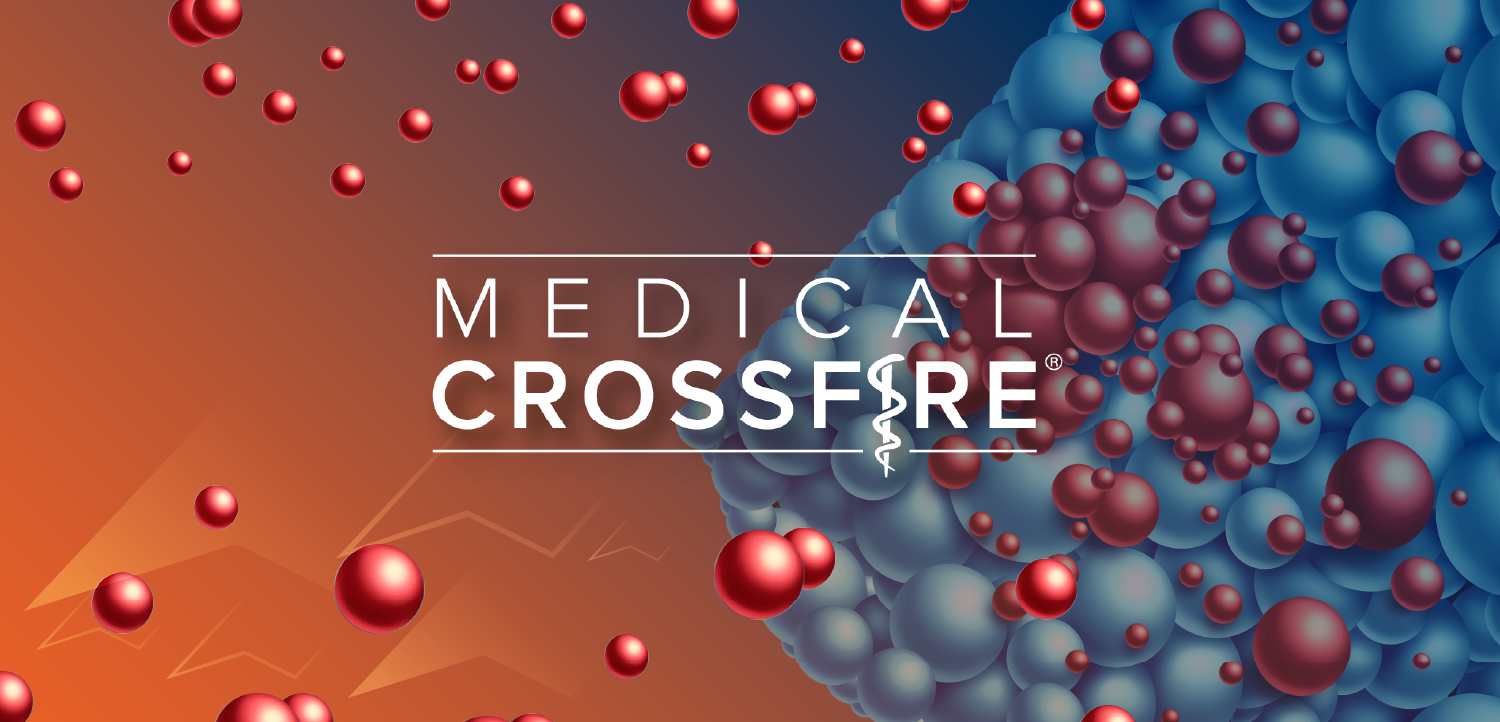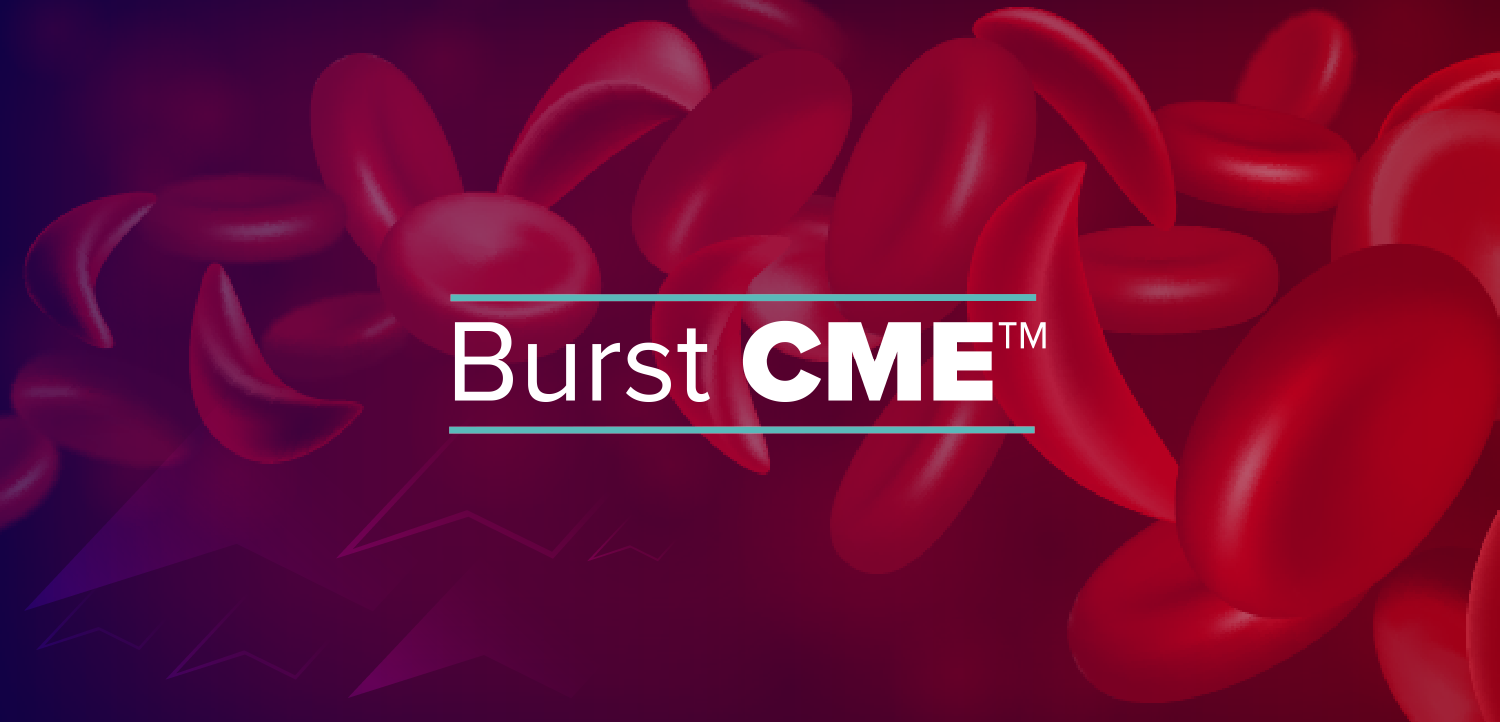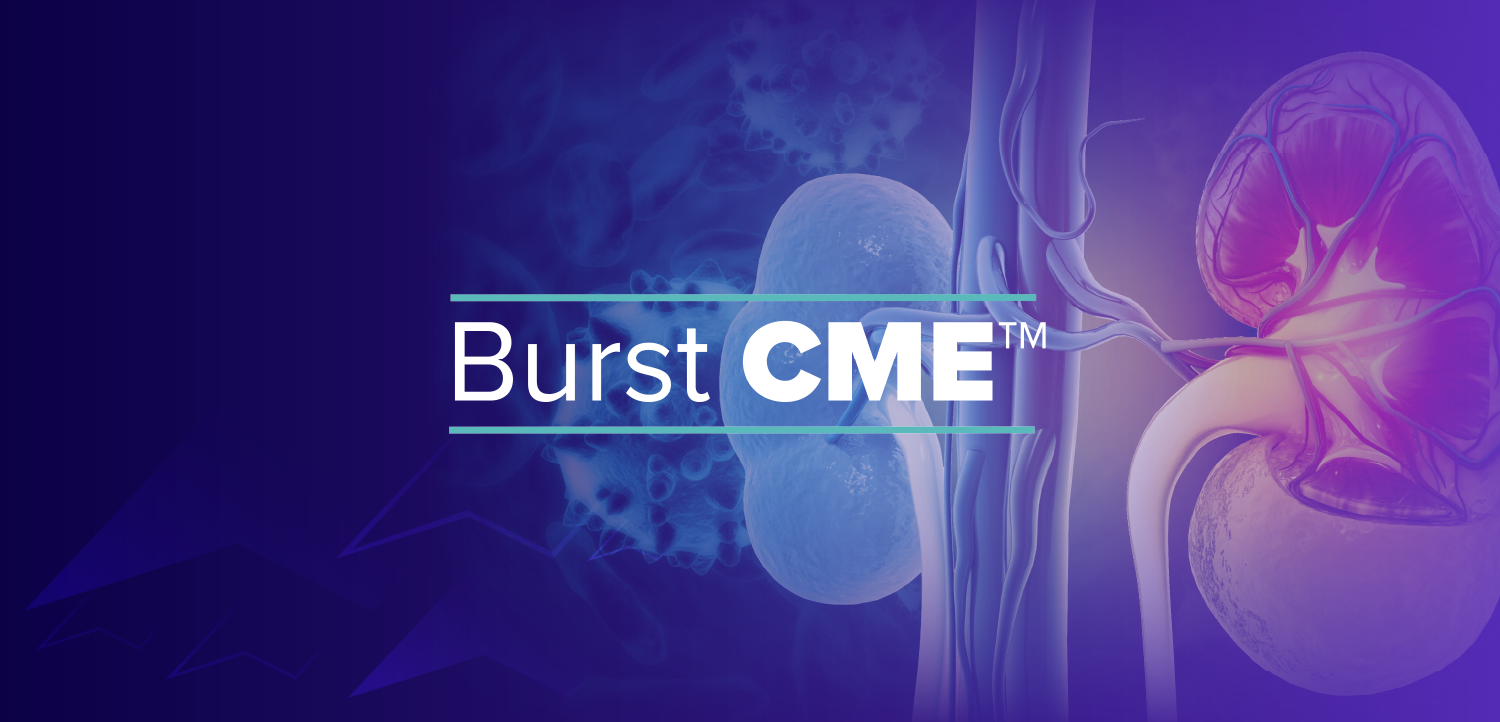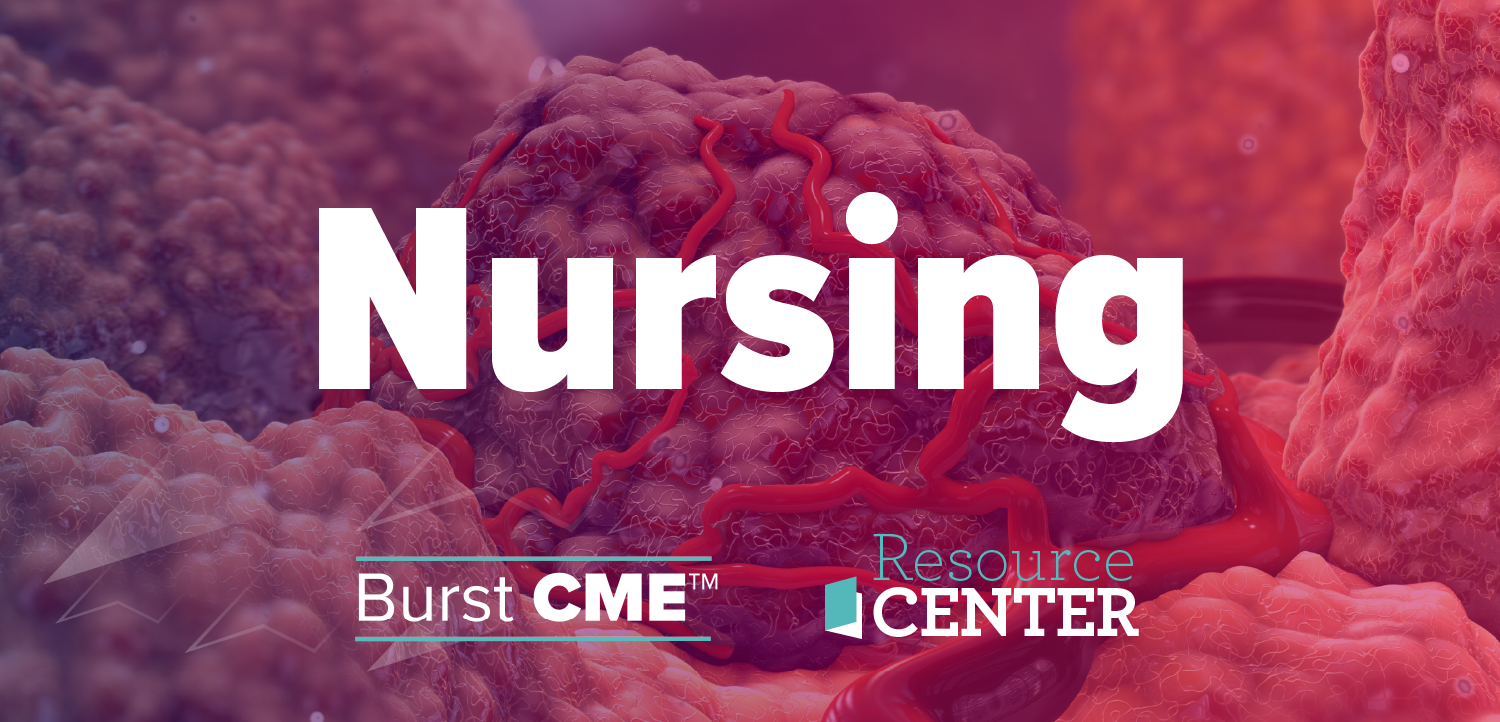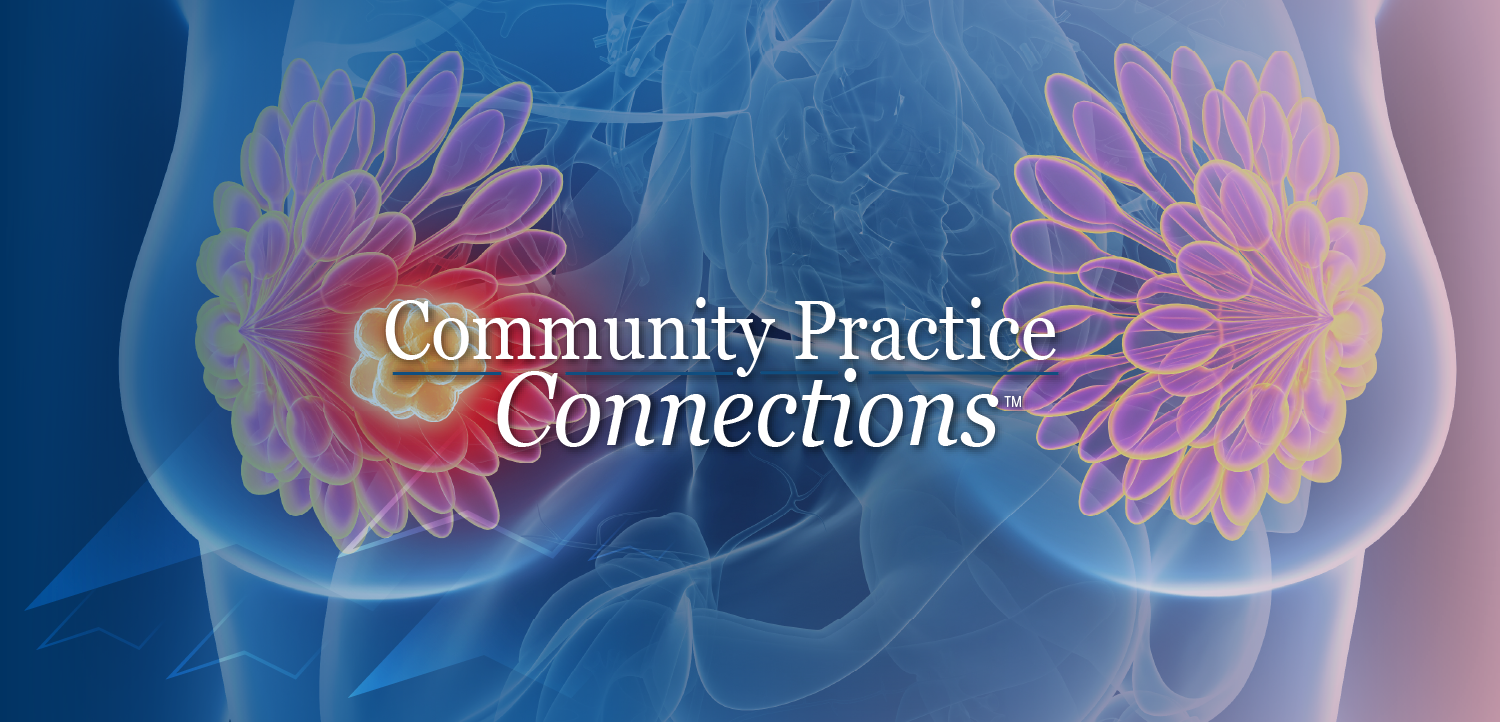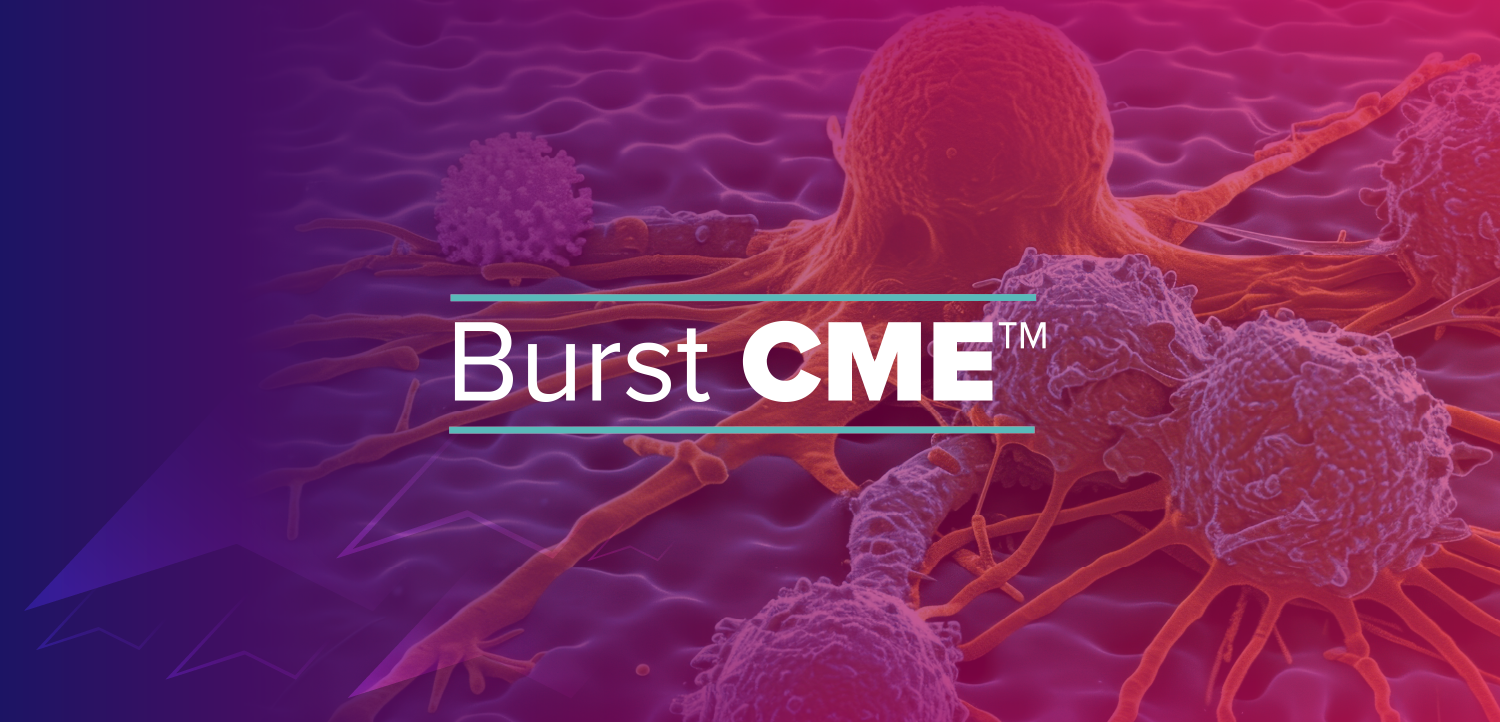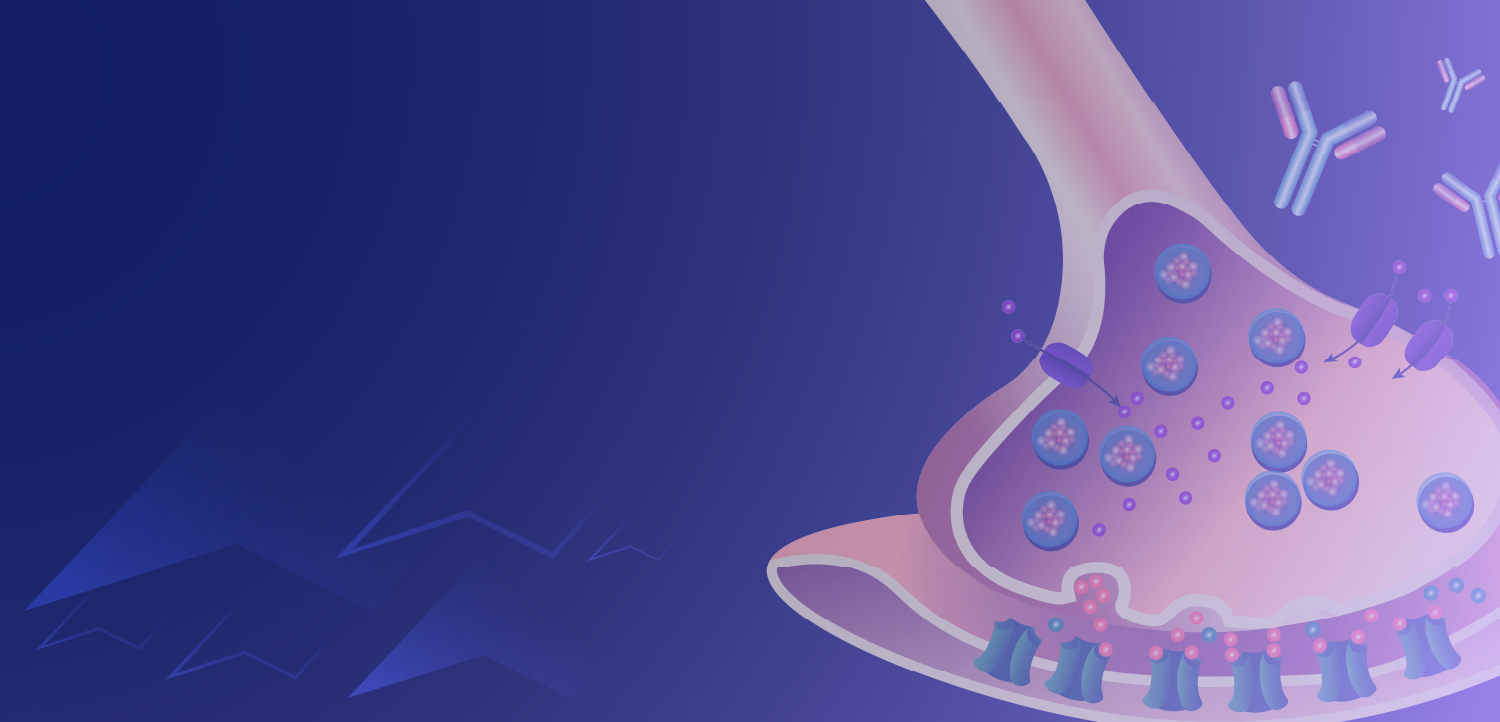
Anaphylaxis
Latest News
CME Content

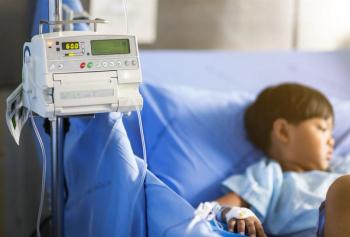
Corticosteroids following resolution of anaphylaxis should be chosen with clear, clinical rationale and reserved for select children, study authors concluded.
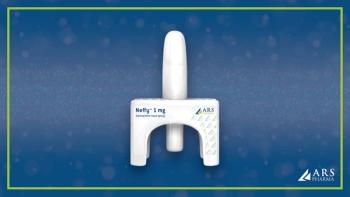
A single dose of neffy was effective in nearly 90% of patients treated for anaphylactic reactions during oral food challenge and allergen immunotherapy.

Clinical skepticism about the parity in effectiveness of epinephrine delivered via nasal spray vs autoinjector is rooted in fixed assumptions that bear examination, authors say.
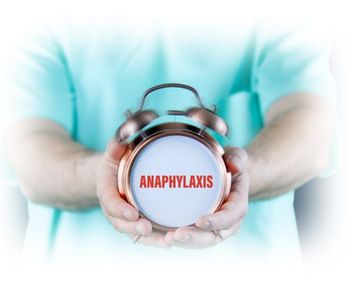
Nasus Pharma says promising phase 2 results for FMXIN002 show statistically significantly faster absorption than traditional autoinjectors and are published in global journal.
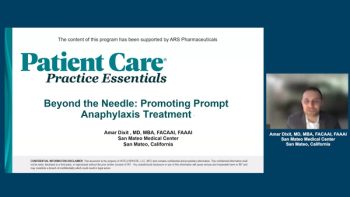
A panelist discusses how education about anaphylaxis recognition, early epinephrine administration, and addressing barriers like device portability remains crucial, with intranasal epinephrine potentially solving many existing challenges in anaphylaxis management.

A panelist discusses how real-world cases demonstrate both the effectiveness of epinephrine when properly administered and the importance of ensuring patients actually carry their medication, through the stories of a college student with cashew allergy and a child undergoing a peanut challenge.

A panelist discusses how Neffy offers significant advantages over traditional autoinjectors, including longer shelf life (24-30 months), better temperature tolerance, and needle-free administration that addresses several unmet needs in anaphylaxis management.

A panelist discusses how a study of Neffy (epinephrine nasal spray) in Japan demonstrated effectiveness in treating 15 pediatric patients who experienced grade 2 allergic reactions during oral food challenges, with these moderate reactions including symptoms like abdominal pain, vomiting, wheezing, and mild cardiovascular effects according to the updated grading system from professional allergy societies.

A panelist discusses how the newly FDA-approved intranasal epinephrine (Neffy) delivers blood concentrations and physiological responses comparable or superior to traditional intramuscular epinephrine administration methods.

A panelist discusses how current guidance has evolved to no longer require emergency department visits for all epinephrine uses, particularly when patients experience prompt and complete resolution of symptoms after administration.

A panelist discusses how patient uncertainty about when to administer epinephrine and reluctance to use autoinjectors are major barriers to timely treatment, with over 40% not filling their prescriptions and 55% to 60% not consistently carrying their devices.

A panelist discusses how epinephrine is definitively the first-line treatment for anaphylaxis regardless of severity, emphasizing that delayed administration is associated with poor outcomes, including abnormal vital signs and increased risk of hospitalization.

A panelist discusses how anaphylaxis should be defined and treated promptly with epinephrine, highlighting the concerning statistic that not all patients who experience anaphylaxis receive this critical first-line treatment.
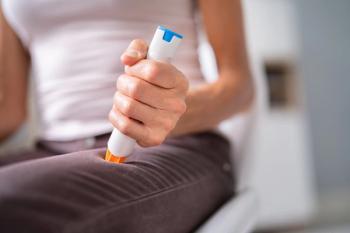
A 5-year study conducted in Germany showed only 7% of adults and 8% of children with severe anaphylaxis received epinephrine.

Your daily dose of the clinical news you may have missed.
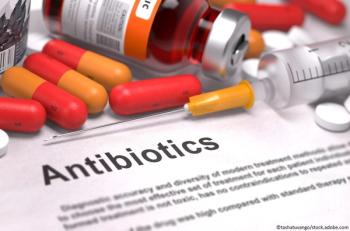
Among pediatric patients aged 1 month to 18 years with emergent anaphylaxis, cephalosporins were the leading antibiotics and ibuprofen the top NSAID implicated in a new study.

Your daily dose of the clinical news you may have missed.

Your daily dose of the clinical news you may have missed.
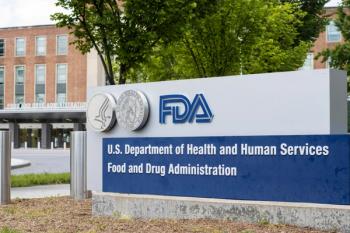
Omlyclo is indicated for the treatment of moderate to severe persistent asthma, chronic rhinosinusitis with nasal polyps, IgE-mediated food allergy, and chronic spontaneous urticaria.

The FDA approval of neffy 1 mg follows the earlier approval of the 5 mg version in August 2024.

Participants (aged 6 to 17 years) receiving neffy vs standard treatments had fewer skin, gastrointestinal, and respiratory symptoms at 15, 5, and 5 minutes, respectively.

Data on the epinephrine nasal spray will include findings from an efficacy study comparing anaphylaxis symptoms during oral food challenge, according to ARS.

If approved, neffy 1 mg will be the only needle-free epinephrine treatment available for the younger, school-aged population.


